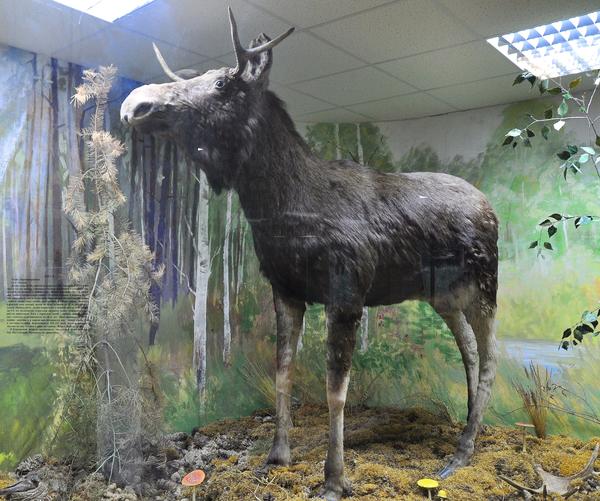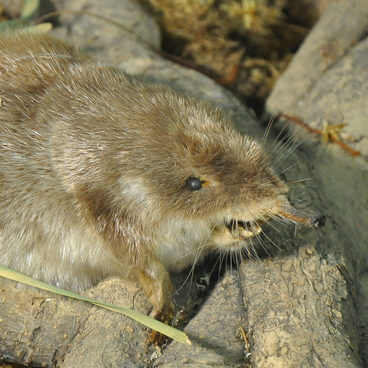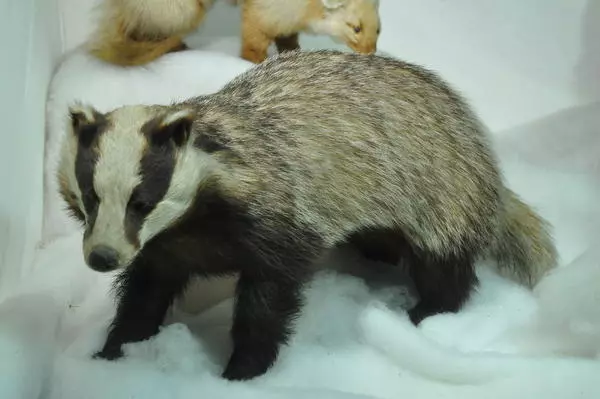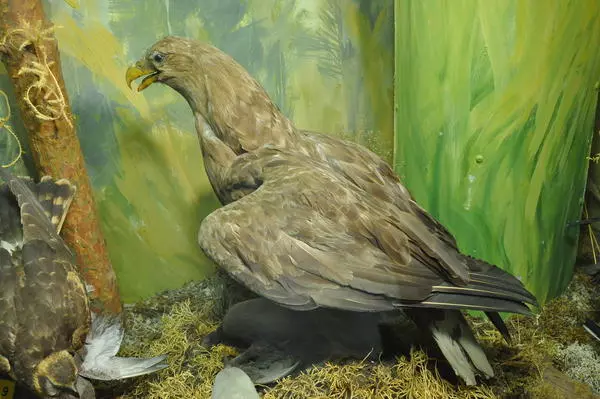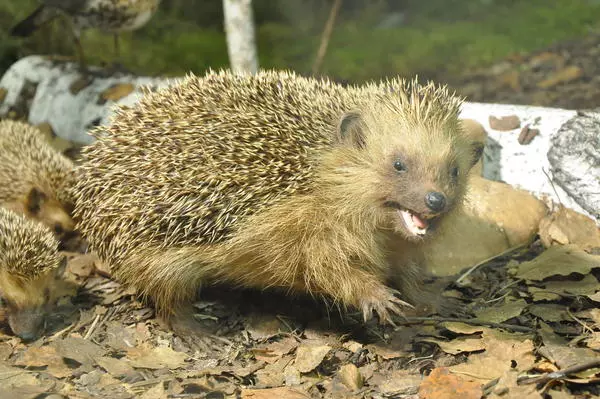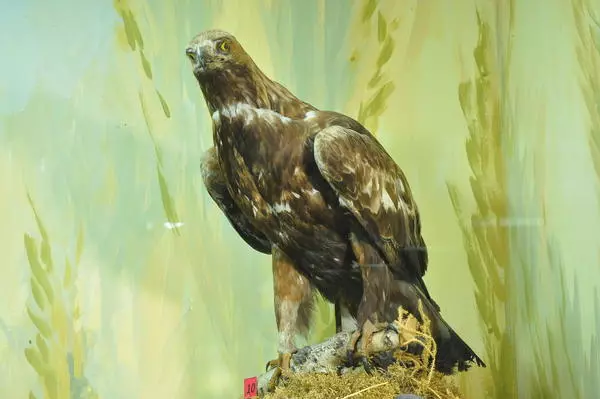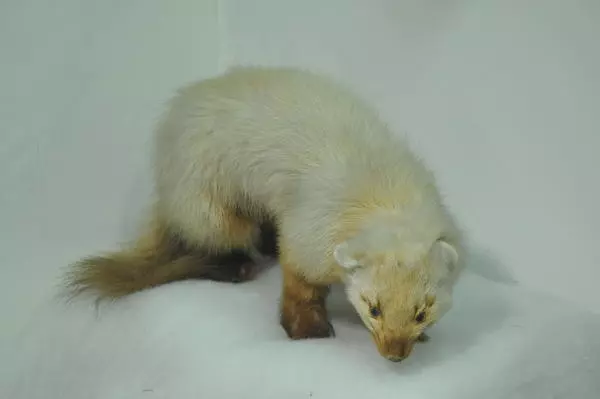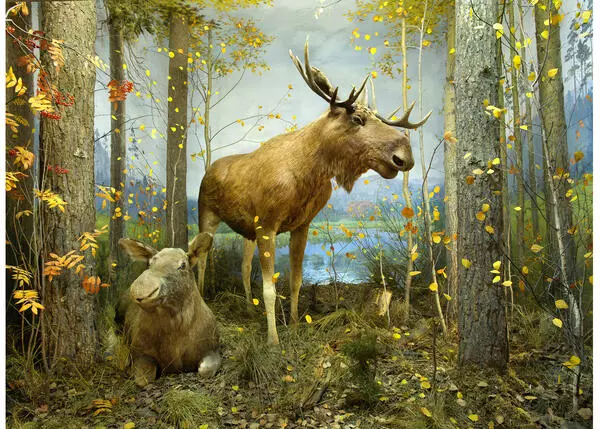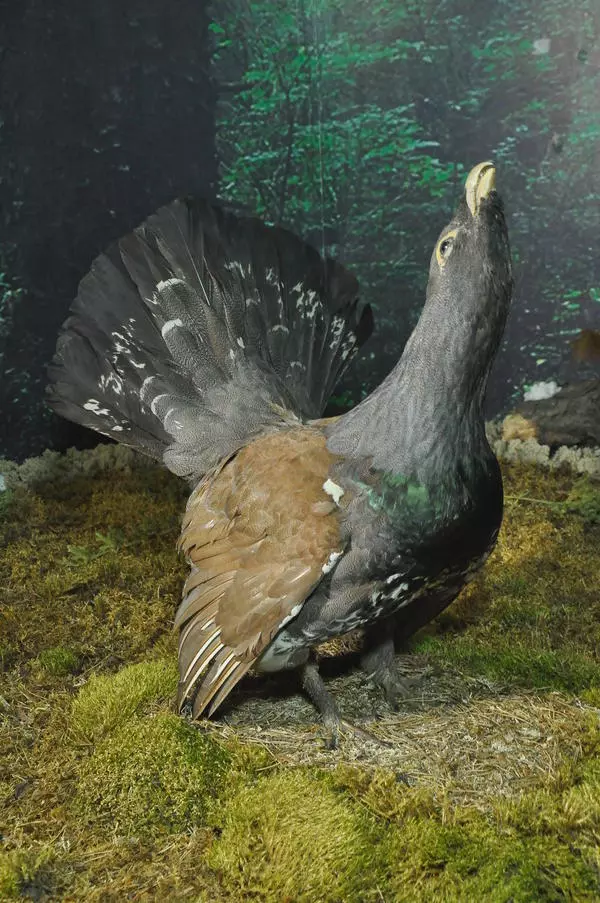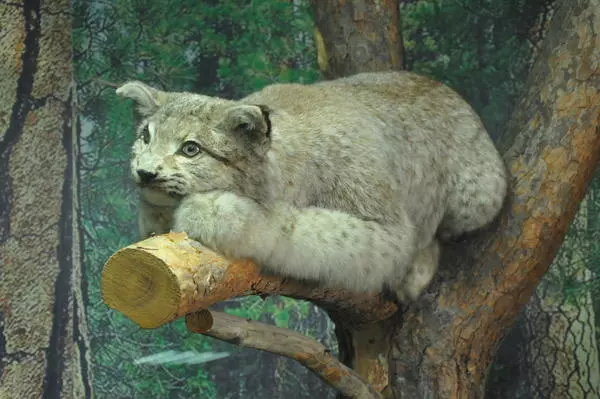The moose belongs to the Cervidae family. Its Latin name is Alces alces. It is the largest of the cervine animals: the length of the animal’s body is 220-300 centimeters, its height in the withers is 170-235 cm, and it can weigh between 300 and 600 kilograms. The moose lives 12-15 years in the wild and 20-25 years in captivity.
The moose belongs to the Cervidae family. Its Latin name is Alces alces. It is the largest of the cervine animals: the length of the animal’s body is 220-300 centimeters, its height in the withers is 170-235 cm, and it can weigh between 300 and 600 kilograms. The moose lives 12-15 years in the wild and 20-25 years in captivity.
The moose is found throughout the entire forest zone, except for Primorsky Region and some islands; it also lives in the tundra and the steppe. In the snowless period, it is most often seen on overgrowing cutover patches and burnt areas, swamps, along the banks of the forest rivers and lakes, and in winter - in forests with dense undergrowth.
It is also found in woodland parks and even on city outskirts.
Its long legs and wide spreading hooves allow the moose to walk in swampland and snow. When in danger, it quickly breaks through the snow to the nearest path and runs away along it.
The moose are active at various times of the day, but most often they graze before dawn and after sunset, and do it at night in crowded places. In summer, females with calves of various ages stay in groups of 3-4 species while males stay alone. Mixed herds, that can consist of up to 10 animals, are formed in winter.
The males shed their antlers at the beginning of winter, and new ones begin to grow only in spring, loosing their velvet skin in August. Moose rutting period lasts between September and October. During the rut, the males ‘moan’ – they produce a long and muted bellowing. With their roaring they call their rivals and arrange matches - occasionally deadly ones.
Pregnancy in females lasts 8 months producing 1 or 2 calves in litter. A week after birth, the calves can already walk, following their mother. Because of their long legs, they cannot reach down to the grass, feeding only on branches and leaves at first, and then they learn to eat grass by crawling on their knees.
The number of moose, like other hoofed animals, is declining nowadays because of poaching. It is often hunted, especially by the indigenous peoples of the taiga zone. The moose, on the other hand, is very rarely the first one to attack. Usually this happens only during rutting or when hunters approach moose calves.
Successful domestication experiments were carried out on several farms for many years. Moose calves easily domesticate and can then be used as riding, draft and pack animals, while moose milk is used for health purposes.

